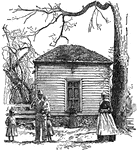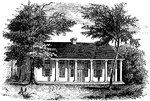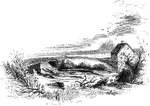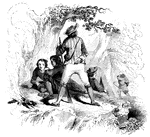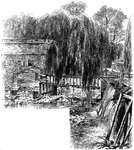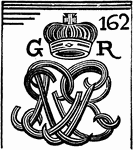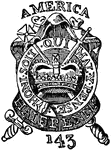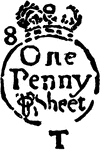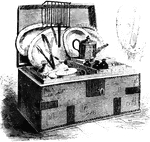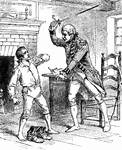The American Revolution Miscellaneous ClipArt gallery contains 98 illustrations of Continental money, the Liberty Bell, stamps of the Stamp Act, and other assorted images related to the American Revolution.

Revolutionary Soldier
An American soldier fighting the English for the south in the Revolutionary War.
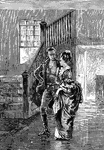
Hall in the Beverly Robinson House
A hall in the house of Beverly Robinson. This house was also the headquarters of Benedict Arnold.

Roger's Rock
Roger's Rock. This sketch is from the lake, a little south of Cook's Point, seen just over the boat…

Savin's Rock
Savin's Rock. This is a view of the spot where Farth landed, in Orange, formerly West Haven. It is between…

Society of the Cincinnati
"Society of the Cincinnati, member's certificate. This engraving is a fac simile of a certificate, about…
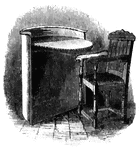
Speaker's Desk and Winslow's Chair
"Speaker's desk and Winslow's chair. This desk is made of ash. The semicircular front is about three…
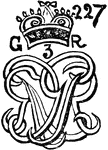
Stamp Act
"Stamp from the Stamp Act. The first direct issue of importance between the colonies and England came…
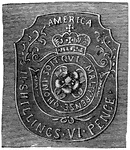
Stamp Act
"Stamp from the Stamp Act. The first direct issue of importance between the colonies and England came…
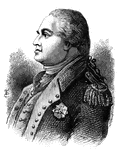
Baron von Steuben
"Baron von Steuben, a trained German soldier, who had been a pupil of Frederick the Great, joined the…
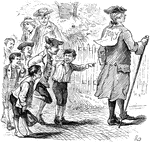
A Tory
Also referred to as loyalists. They were the American colonists who chose to remain loyal to Great Britain…
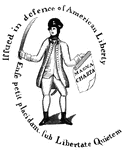
Treasury Note
"Reverse of a Massachusetts Treasury note. This is a fac simile of the device on the back of one of…

Treaty Table
The Treaty Table. The table on which the capitulation was drawn up and signed was still in possession…
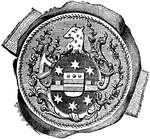
William Tryon Seal
"Seal and signature of Tryon. William Tryon was a native of Ireland, and was educated to the profession…
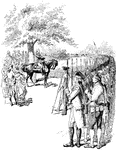
George Washington and American Troops
An illustration of George Washington on horseback commanding the American army. He is lining up the…

Washington Elm
"The Washington Elm. The horse seen in this sketch is one of the oldest in Cambridge, having been built…
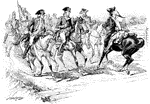
George Washington Riding with the American Army
An illustration of George Washington as Commander in Chief of the American army. He is riding a horse…

Washington's Bier
"The bier which Washington was carried to the tomb at Mount Vernon."—Lossing, 1851

Washington's Headquarters at Newburg
The headquarters of George Washington at Newburg during the Revolutionary War.
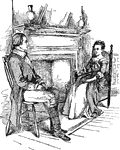
Colonel Washington and Mrs. Custis
George Washington meeting with the charming widow of Daniel Parke Custis, Mrs. Martha Dandridge Custis.…
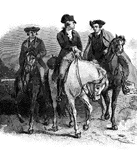
George Washington, Patrick Henry, and Edmund Pendleton
An illustration of George Washington, Patrick Henry, and Edmund Pendleton on horses on their way to…

